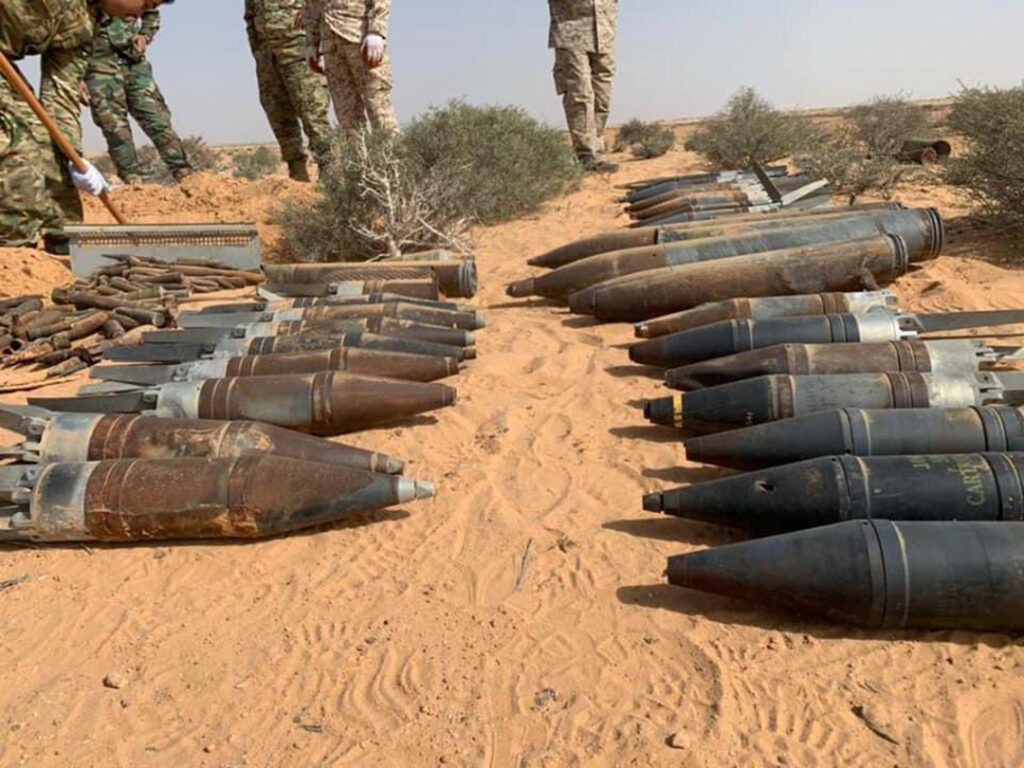ADF STAFF
A newly created open-source website called “All Eyes on Wagner” tracks the activities of the mercenaries working for Russia’s Wagner Group in Africa and beyond.
The site documents Wagner Group human rights abuses based on information from social media, news reports, aerial photos, satellite imagery and other published material.
“The project aims at verifying and documenting claims of alleged human rights incidents, economic predation and expansion vectors in countries where Wagner mercenaries are established,” according to the website.
The model is similar to one used by bellingcat.com, which uses open source and crowd-sourced research to document war crimes such as those committed during the Russian invasion of Ukraine.
Documenting Wagner’s misdeeds in a single place will be crucial to any future war crimes prosecution for Wagner fighters and financial backers, according to security expert and former Canadian intelligence analyst Phil Gurski, president and CEO of Canada-based Borealis Threat and Risk Consulting.
“It’s going to shed some light on a nasty, nasty bunch of people,” Gurski said of All Eyes on Wagner. “The fact that we’ve got people showing the world what these guys are about is important.”
The Wagner Group has established footholds in Libya, where it supported troops loyal to Field Marshal Khalifa Haftar during that country’s civil war. It recently moved into Mali at the invitation of the ruling junta and struck deals with deposed Sudanese leader Omar al-Bashir before he was overthrown.
The Wagner Group’s most prominent position might be in the Central Africa Republic, where one member serves as the president’s national security advisor and troops have been accused of crimes against civilians in rebel-held parts of the country.
Many of those operations are represented in the website’s database, which documents crimes such as the March 2 murder of 35 Malians near the community of Danguèrè Wotoro, whose bodies were found burned with their hands tied behind their backs. The report includes an image of the bodies.
“The victims were all men and that many had their hands tied and blindfolded and appeared to have been shot,” the report notes. “These men would have been shot in a camp managed by the Malian army and Wagner mercenaries.”
The database reports the February deaths of two young girls by a booby-trapped land mine, one of many Russian mines and other explosives Wagner forces left behind to kill returning civilians as Haftar’s forces retreated from the suburbs of Tripoli in 2021.
The database includes 15 reports of rapes and murders by Wagner Group mercenaries in the Central African Republic, such as the indiscriminate killing on February 15, 2021, of civilians taking refuge in a mosque in the community of Al Taqwa.
The website also tracks mining activities by the Wagner-affiliated Lobaye Invest. The company is owned by Yevgeny Prigozhin, a confidant of Russian President Vladimir Putin. Lobaye’s mining activities often are used to pay for Wagner’s operations.
Gurski said All Eyes on Wagner shows the power of the internet and technology to document war crimes and human rights abuses that would have been much more difficult to uncover in decades past.
“Traditional intelligence now provides about 5% extra material,” Gurski said. “Intelligence services now have the luxury of focusing on the material that no one has access to.”
The more the website keeps the Wagner Group in the public eye, the greater the chance that public outrage will push leaders around the world to demand accountability for the group and its operators, Gurski said.
“It gets people angry,” Gurski said. “And angry people galvanize their governments. The fact that this is happening to Wagner is a good thing.”

